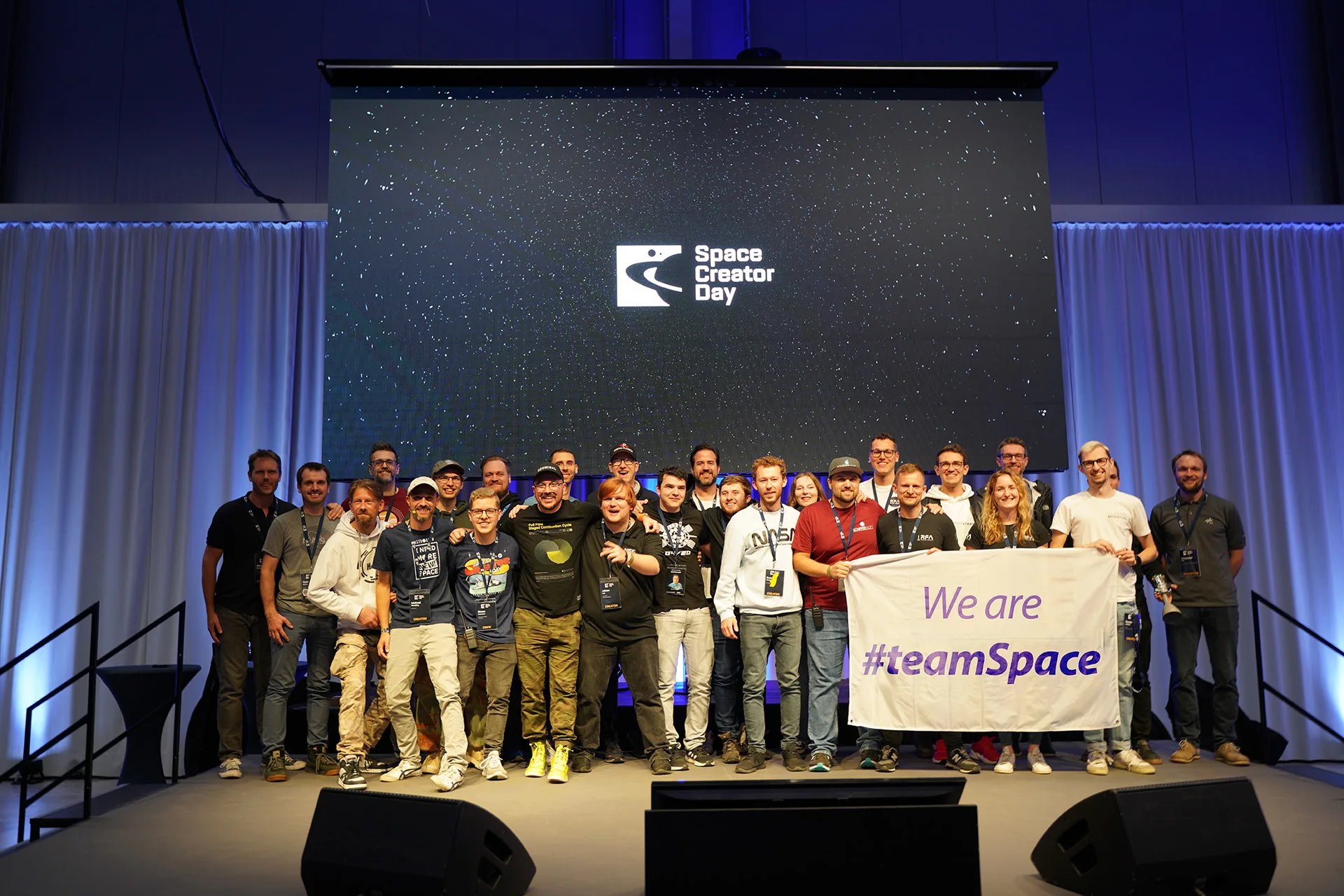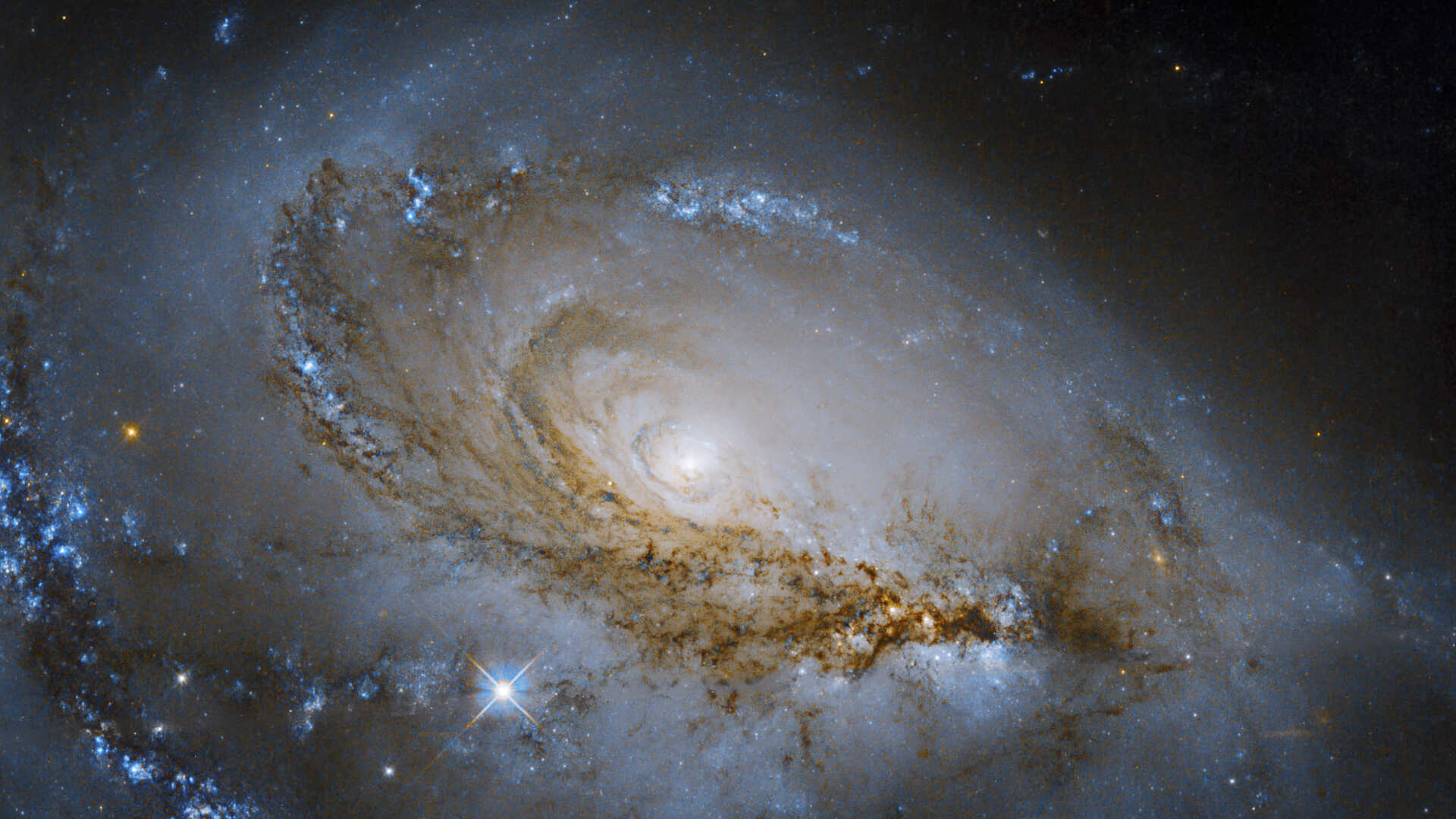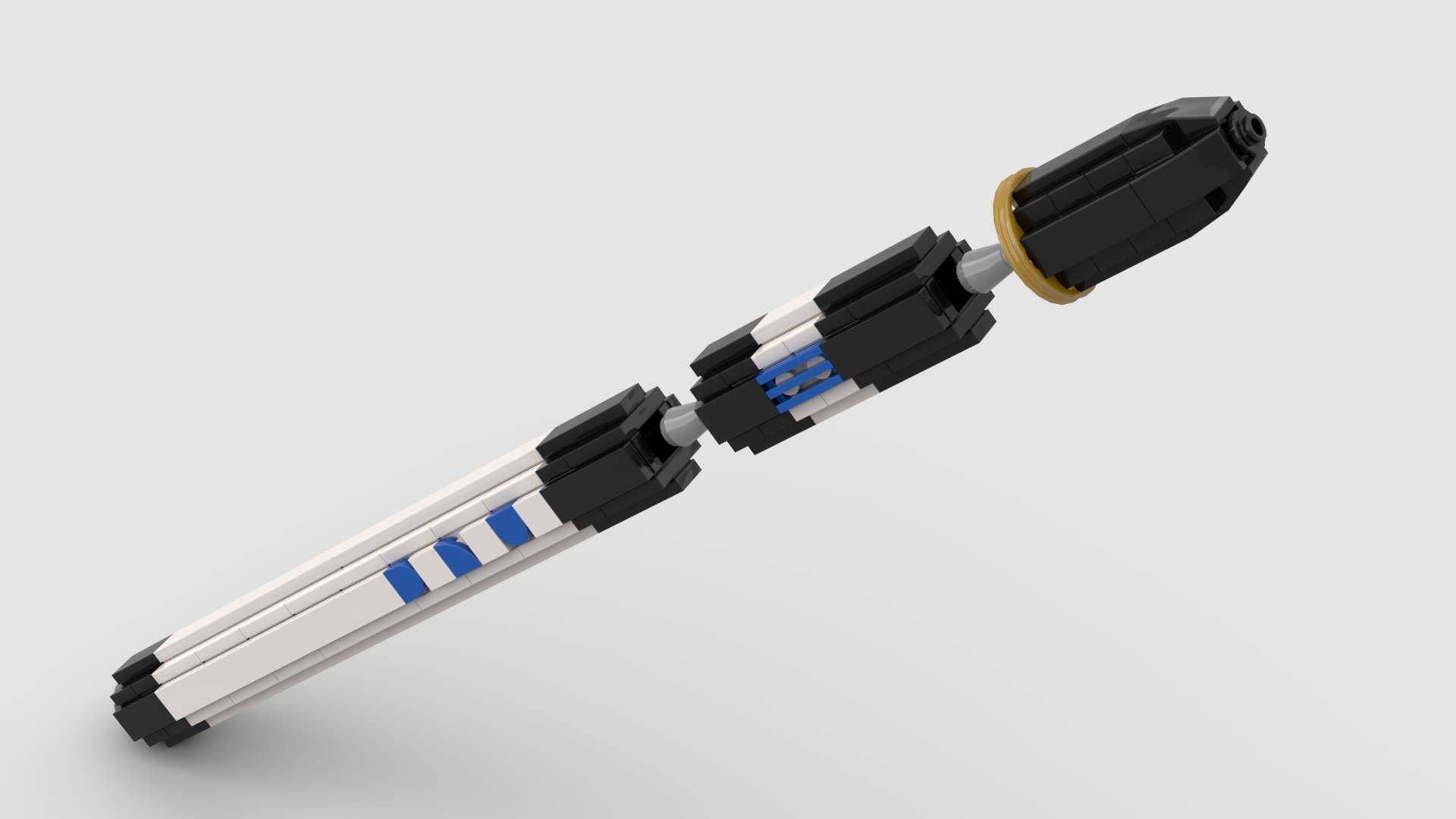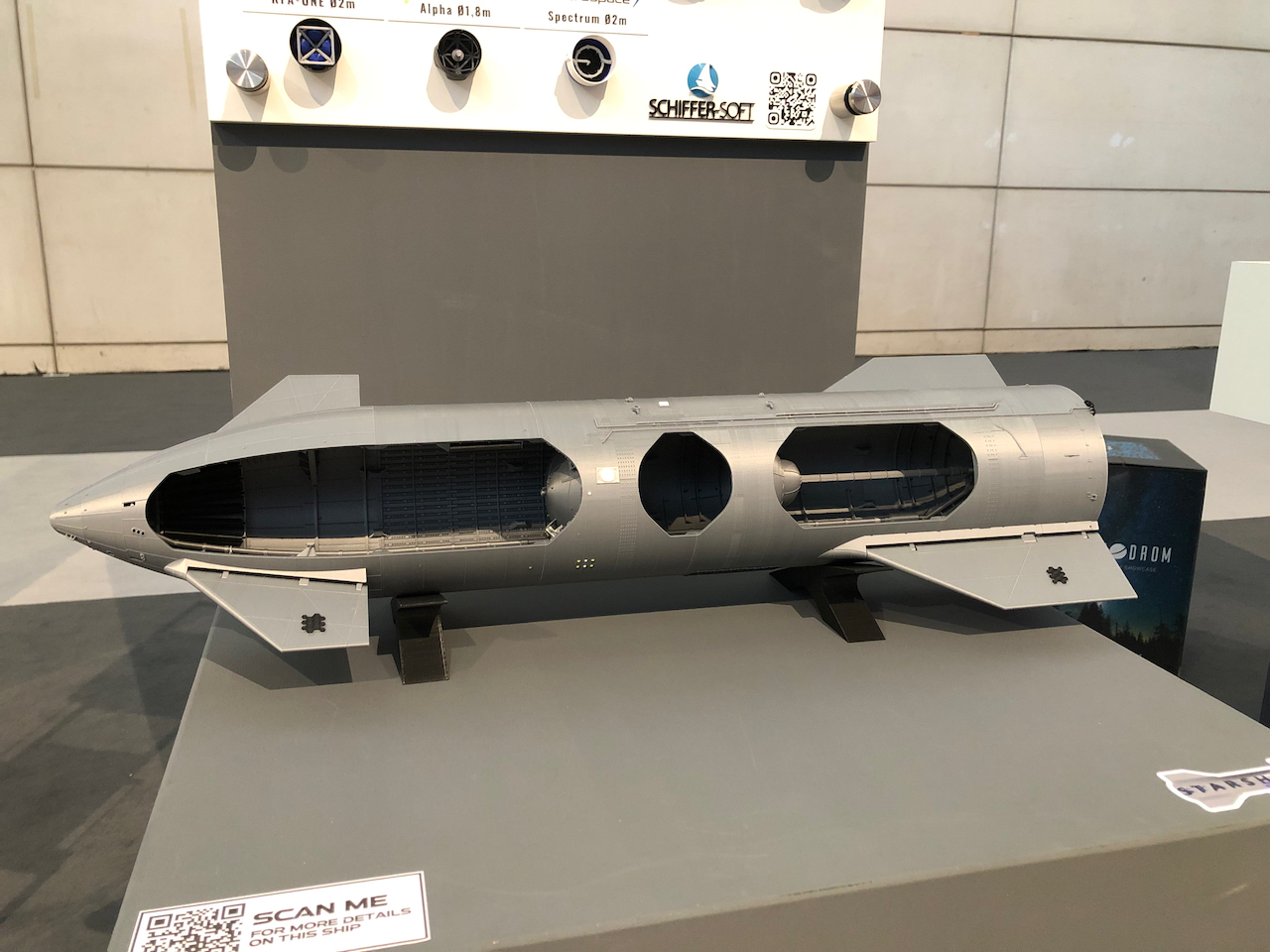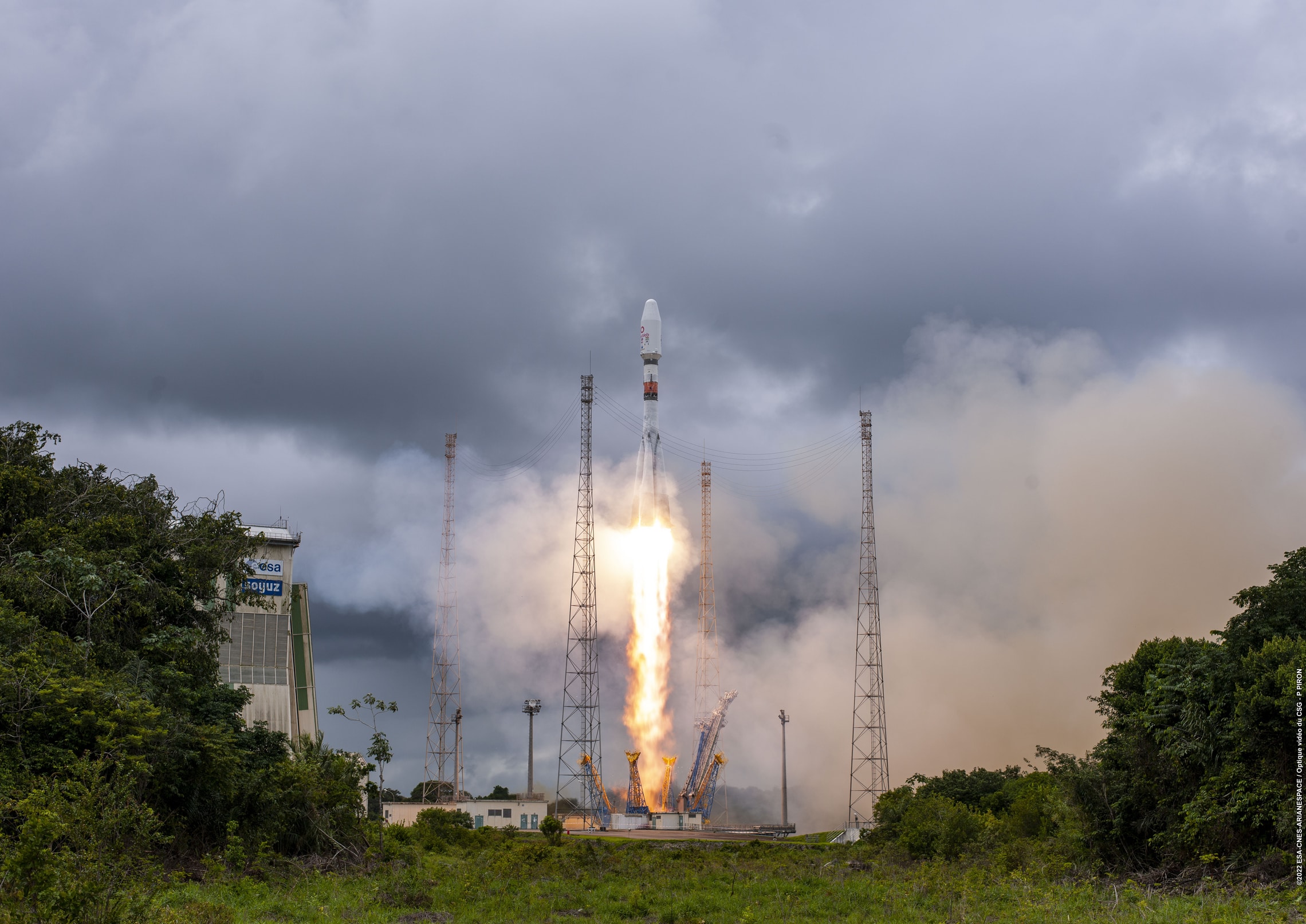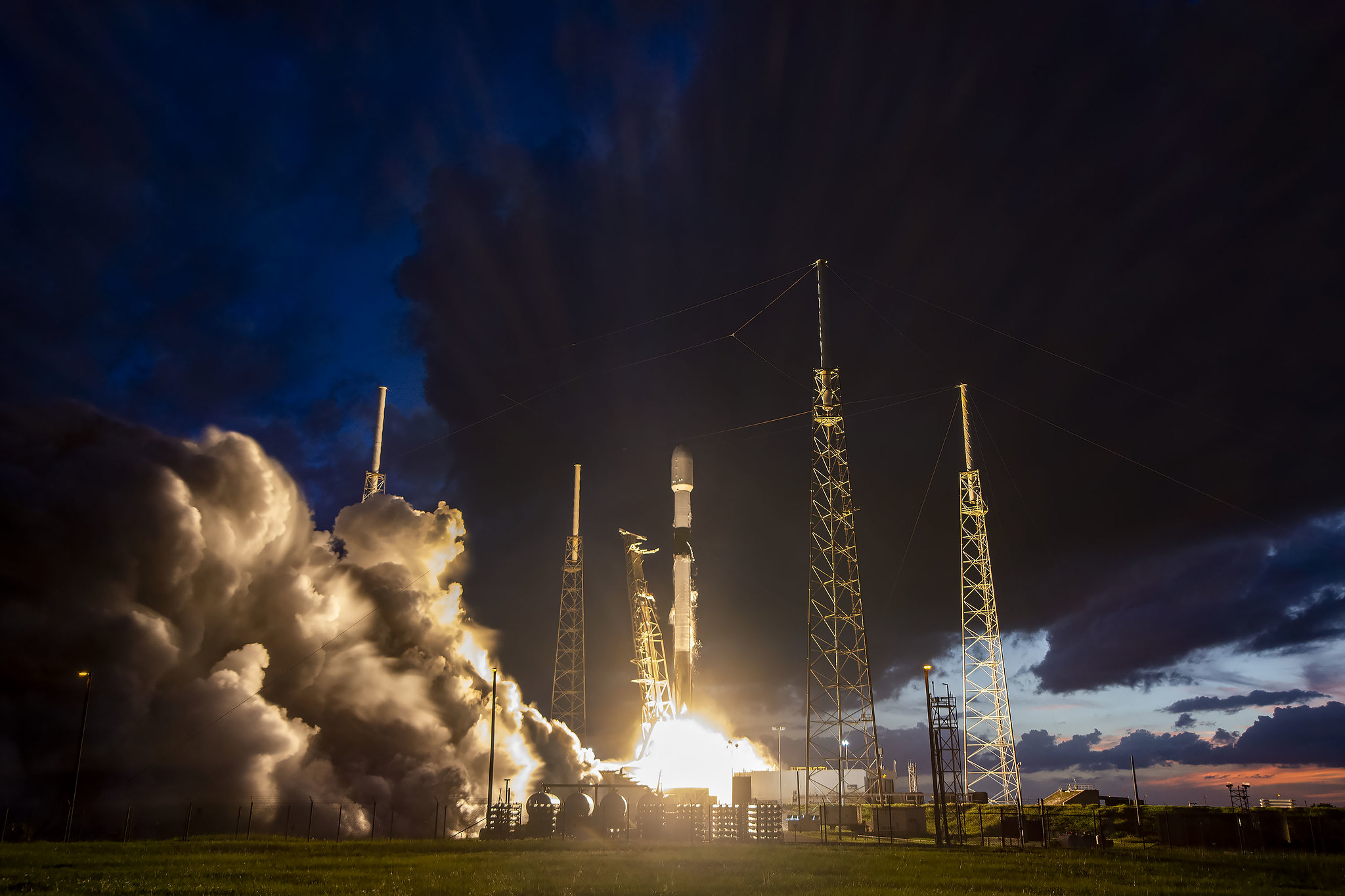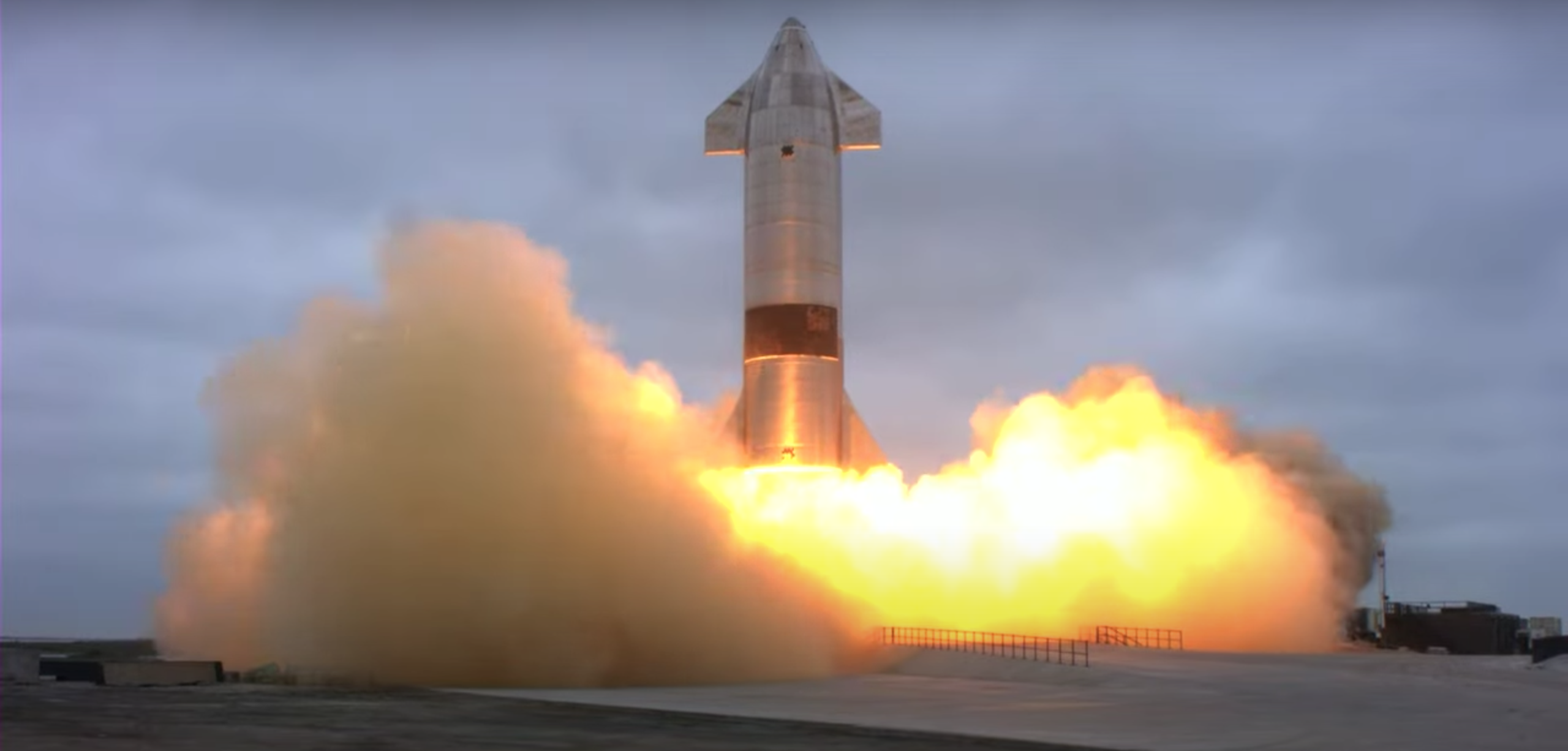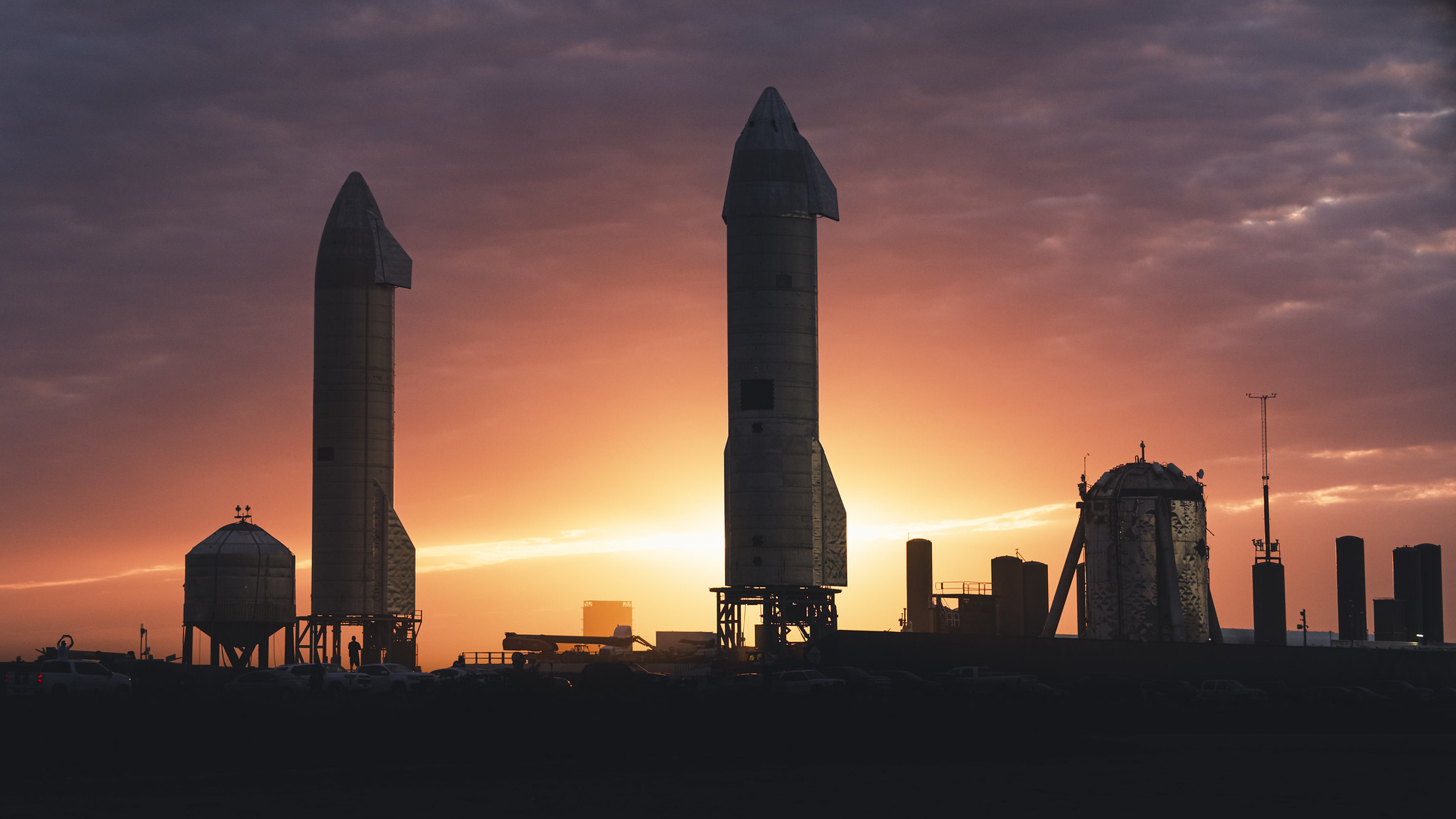
Weather forecast for Starbase from Lower Saxony
Published on Fri, 09.07.2021 – 17:30 CEST in Downstream, covering #teamSPACEThere is no doubt that the commercialization of space has enormous economic potential. In Germany alone, there are 125 companies that can be assigned to NewSpace and provide jobs for around 3,000 people. But enthusiasm for space travel in general is also currently experiencing a renaissance. Numerous YouTubers, for example, are continuously reporting on the latest developments in the industry. SpaceX provides a particularly large amount of material for reporting with regular launches of Falcon 9 and the development of the Starship. While livestreams, especially during test flights, captivate tens of thousands of viewers for hours, every change, no matter how small, is followed and evaluated by an ever-growing community. One of them is Hauke Wessels, whose special service is preparing to become an elementary component of many livestreams. The 18-year-old from Lower Saxony is currently the only one to offer a reliable weather forecast for SpaceX's Starbase (Boca Chica, Texas, USA). We talked to him about his project, his enthusiasm and his forecast hit rate.
Astrodrom:
Hauke, how did you come to offer this service?
Hauke Wessels:
Actually, I had nothing to do with it. I came on January 24, 2021 on the Discord server of Senkrechtstarter and wrote there already a few days later the first weather report - a five-liner. For whatever reason. I was studying the weather and writing my findings on Excel spreadsheets in the beginning. Then I switched to Word and wrote a DIN A4 page full and added graphics. In the background, I collected all the data I could find, including wind data. Thus I could say from start to start better and better whether the Starship flies or not.
For example, I knew that the last two flights took place at wind speeds of 50 km/h. If it is only 40 km/h, this means: wind should be a problem. If it's only 40 km/h, that means wind shouldn't be a problem. Then I worked my way up in the exclusion process and so far my forecasts are 100 percent correct.
How much time do you invest for your Starship launch forecast?
I invest a good seven hours sitting at the computer before a launch. But it's worth tracking the weather. For example, when SN15 started in the morning, the weather looked really bad. Also, Felix [Schlang, What about it!?, note] said that in his livestream. We watched it: thunderstorms and rain. That's when you actually say it's not going to happen. Because who wants to take the risk of starting in a thunderstorm? But because thunderstorms are sometimes really hard to calculate, the weather changed incredibly quickly. And suddenly I saw in front of me that the weather was getting better and better. Actually, everyone - including me - had already given up. But the thunderstorm disappeared, although it was not announced at all. And an hour before the start, everything was great, as if nothing had happened.
Felix Schlang has already teased your weather forecast in one of his livestreams, mentioning that there is nothing like it yet. Can you explain why not and why you are the first?
I have asked myself this question very, very often, but I can't explain it. There is otherwise generally information about the weather situation for every launch of a rocket, which I have always found very interesting. I'm sure someone else also provides something like this for the Starship, but I haven't met him or her yet. Thus, I guess I have slipped into a gap.
Quickfacts Hauke Wessels
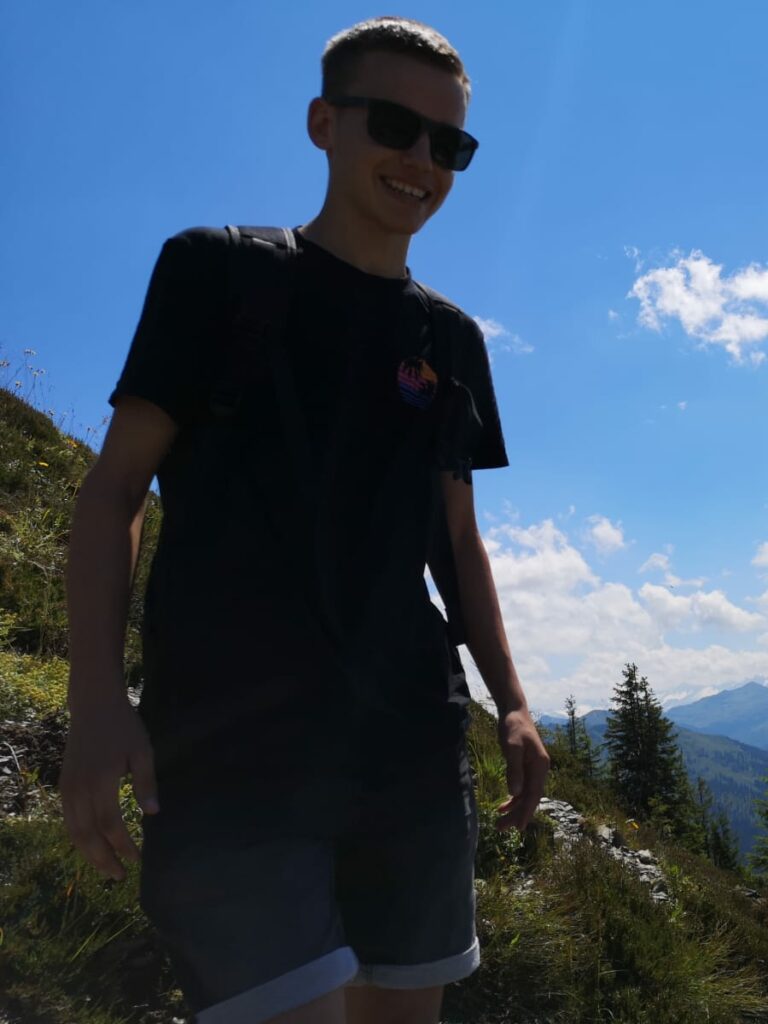
| Hauke Wessels | |
| a.k.a. | Senkrechtstarter Wetterfrosch |
| Born | 2002 |
| from | Hildesheim |
| Social Networks | Twitter (de), Twitter (en), Become a Patron |
| Weather Dashboard | https://wetter.senkrechtstarter.space/ |
To be able to forecast the weather for Texas from Lower Saxony, you certainly need data. How do you get it?
Among other things, I use the data from windy.com, which is actually intended for surfers. But they have a range of data relevant to forecasting. In order to be able to afford this service, I have started a call for donations for a premium account, which will give me access to even more accurate data. Among other things, the wind speeds at different heights. That's great for me, because for rocket launches it's the upper winds that are most interesting - because they cause problems. But I can also use it to read the nitrogen or CO2 content in the air and temperatures. I also look at classic weather websites to see what they are predicting.
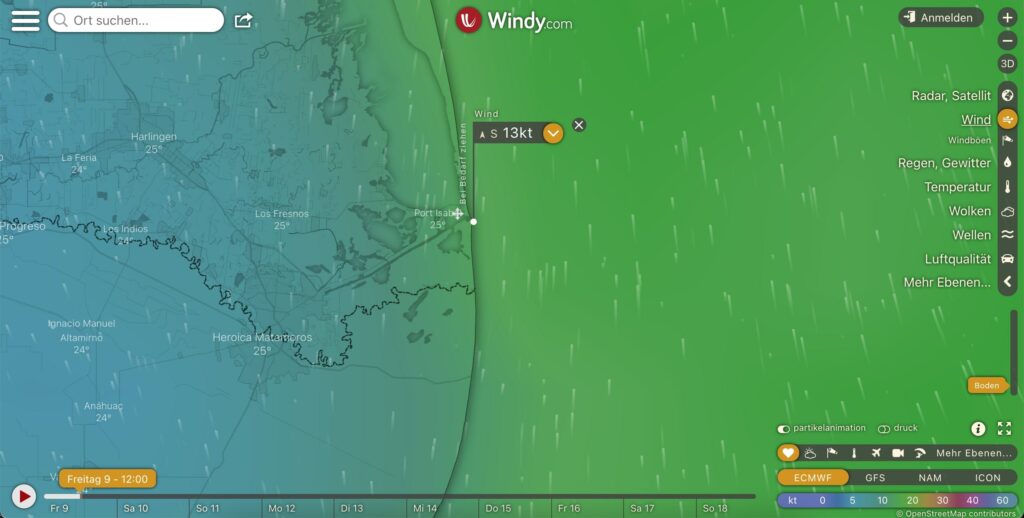
You are not a classic meteorologist, but you interpret the data with impressive precision. Where did you get this knowledge?
I knew a little bit beforehand, but I read a lot of it. And what must also be said: Windy is very user-friendly, so that not only raw data is played out. I have already dealt with weather in a small Twitter series and know the weather and climate encyclopedia of the German Weather Service. So I have worked it all out piece by piece.
Do you have any ambitions to make meteorology your profession?
Actually, no. Although I find it mega-interesting, but I've been pursuing the dream of becoming a professional firefighter for a long time. On top of that, you have to study meteorology and I'm currently quite happy not to have to go back to school. [laughs]
Up to now, your forecasts have mainly been visible within the community, but now you're about to launch your own website. What data will be visible there?
I will post the current forecasts for Starbase there for planned flights. For example, if a flight is scheduled for 21:00 our time, there will be the first forecast at 14:00, the second at 17:00 and the third at 20:00. The first field tests will show how well this works in practice. A decisive factor here is the speed with which I can write the forecasts in German and English - after all, at launches it's always hit after hit.
Speaking of English, you seem to be preaching to the choir in Boca Chica. How did it come about that YouTubers from Texas became aware of you?
I had already written briefly with Louis from LabPadre - but that was less about the weather than about the failure of one of his cameras, which enable the livestream from SpaceX's company premises. I'm also in contact with Maria Pointer [Boca Chica Maria, note], who is, after all, "SpaceX's neighbor" in Boca Chica. After I slithered onto her Discord server, I did a little advertising for myself. And a minute later she sent me a friend request. After that, we briefly wrote a bit and she also encouraged me in the idea of having my own website. If the beta tests are successful now, it will also finally go live.
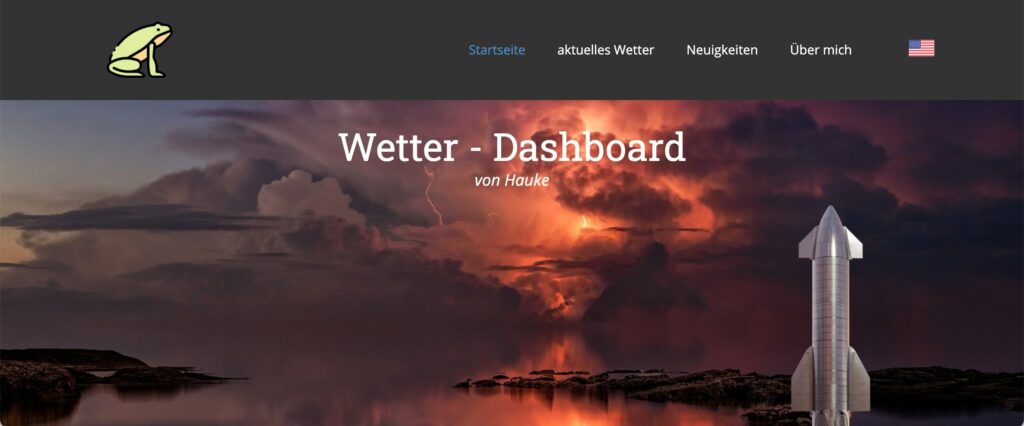
Your tweet about whether the explosion of SN11 can also be seen on weather radar also attracted a lot of attention...
To be honest, I was pretty blown away by the response to this tweet. My cell phone didn't stand still at all because there were retweets, likes and quotes over and over again. It also brought attention to my international account. In total, there were more than 80,000 impressions and at least 2,000 interactions. The curious thing: SN11 was a while ago now [March 30, 2021, note], and I saw it back then. But I was in doubt the whole time whether it was really true. I had it in my Twitter timeline before, but I deleted it again because I thought: 'You can't really do that. At the end of the day, you don't even know if it was really the explosion.' Then I looked into it further, because I don't want to produce fake news, I want to be serious. But I came to the conclusion that it can only be SN11. Because the dust doesn't matter that much, but the condensed fuel is shown as increased rain. So then I did post it, but didn't expect this response. But that's how you can tell what content the community needs and wants.
In the meantime, I have a list of what I have to observe before, during and after a start. So values in a time window of 12 hours, which I must read. Among other things, the chemical composition of the air, such as nitrogen dioxide content, CO2 content, ozone content and the like. Maybe I can find something there as well.
Do you have a goal you're working toward with your accounts?
Directly measurable goals are not. But I would like to reach and inspire many with this topic. I want to show many that it is not without. But I don't really care about the number of followers. I do this even for 50 followers, I have no problem. Because I have fun with it myself and that's why I'm happy when it's used. And so that happens, I am of course also interested in collaborations.
What excites you yourself about space exploration?
As Moritz once said, this is now the second race into space. And it has now become very exciting due to the many companies. But I have to say that space technology - just like weather - has never really been a topic for me. Until February 2018, when the Falcon Heavy was launched for the first time. And I found out about the launch via a science channel. I watched that on TV and freaked out inside because I thought to myself: How do you manage to land these nearly 50-meter-high boosters both at the same time? That's how I slid into it, and I still think it's tremendous what's going on.
Hauke, thank you for the interview and good luck with the weather dashboard!


